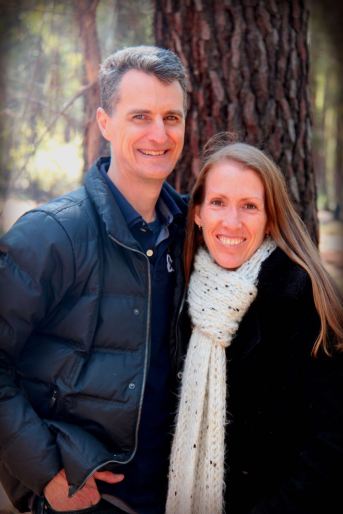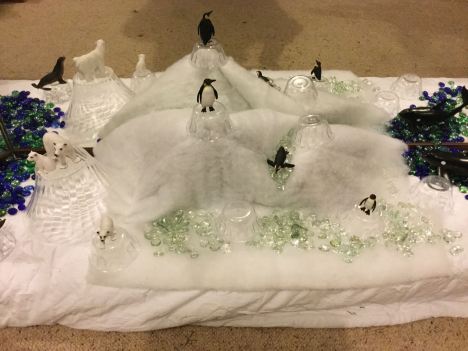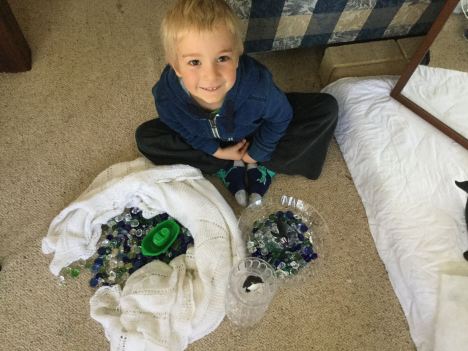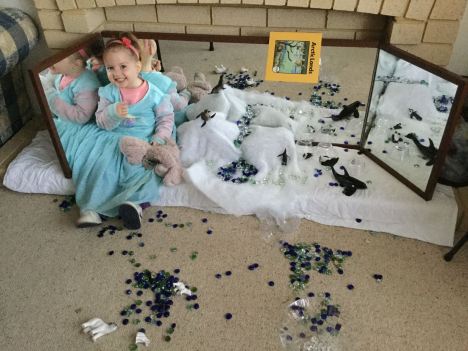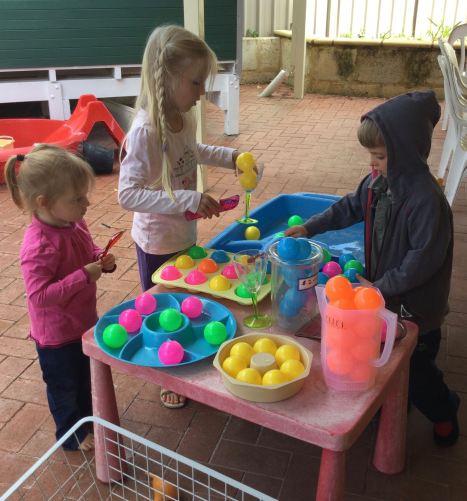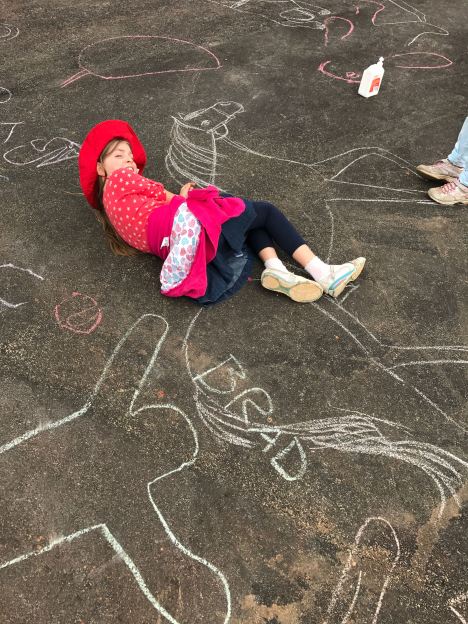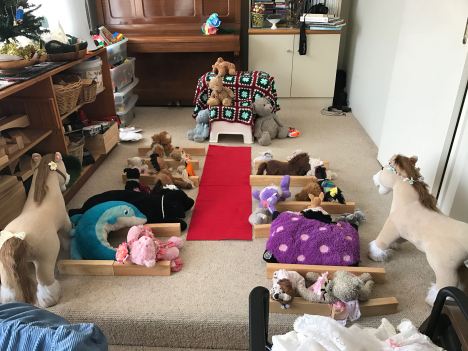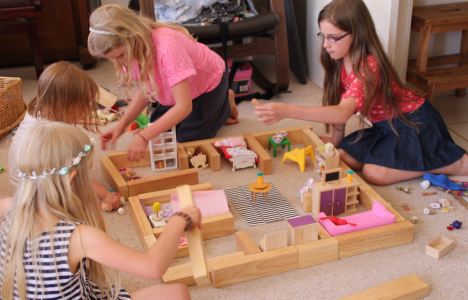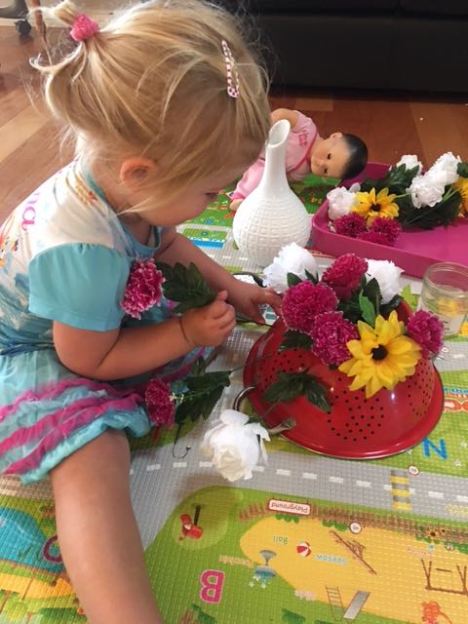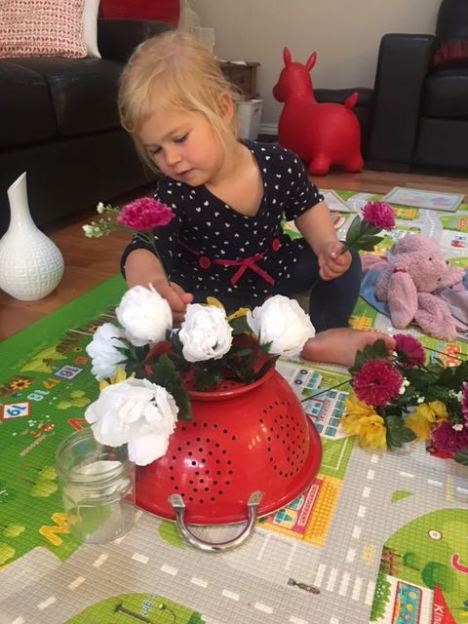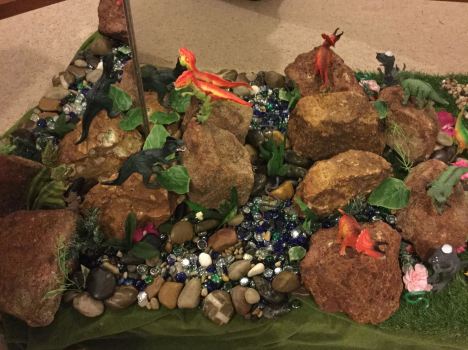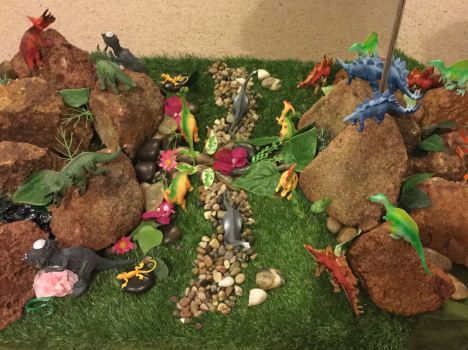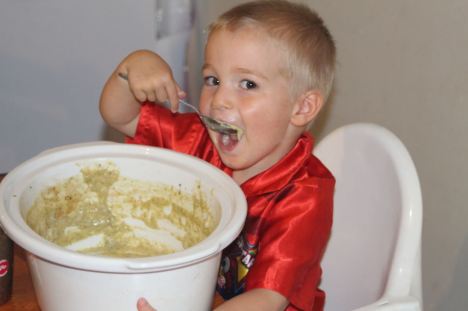
Has your child ever rudely ignored an adult when they said hello? Or perhaps you noticed just a moment too late that little Johnnie was helping himself to the buffet food with his fingers. Or did you have to practically carry your screaming toddler away from the merry-go-round in the shopping centre after saying no to their request to ride?
Most of us will face situations like these at some point and would prefer not to. We teach our children the right thing to do, yet they regularly demonstrate that they are not ready to apply this knowledge consistently without help.
While there are many ways to address the problem, today we will look at pre-activity training as a relatively simple and effective strategy for changing these failures into success. Simply put, pre-activity training is just training, teaching or reminding children before a given situation occurs as to how they should behave.
Trying to teach our children what they could or should have done in the heat of the moment is usually not very effective. Taking them aside at another time when you are both calm is a much better atmosphere for training the heart. Explain that you are there to help them and walk alongside as they work to change their own character and behaviours.
What might this look like?
Work on character
It is important that we actively teach the virtues that we do want to see, rather than just focusing on the negatives we are trying to wipe out. Actively teaching character development by studying positive character traits helps children to learn what it means, looks and sound like to be diligent, respectful, thorough, kind etc.
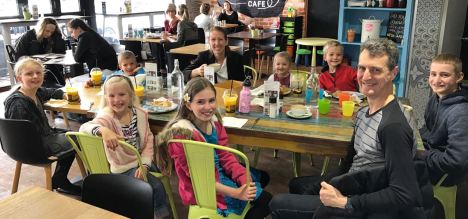
In the car on the way to the shops, or a party or a friend’s house for a visit, discuss all the possible scenarios they may face and what the appropriate behaviour in the situation will be. Brainstorm ways to show good manners before you arrive at your destination. Outline the boundaries and expectations for the coming situation before you arrive. Have your slightly older children tell their siblings some of the things they may need to remember before they get there.
Create a personalized Mummy and Daddy CD for your child.
Full explanation and instructions here.
Family devotions/bible time
During our daily bible study times we can look for the life application for each passage that we read. Talk about what God’s word looks like in our every day lives and how the children can actively demonstrate that they are following it. Ask each child to choose one or two things they will do today to apply the knowledge they have just learned.
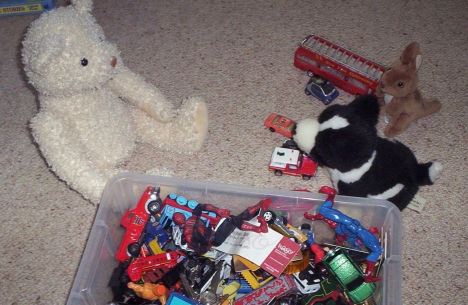 Teddy training
Teddy training
Most little children own several favourite toys. Take a couple of these and have them act out scenarios that you have noticed during the preceding days that need work. Have the dump truck eat rudely and spill food as it drives around. Spiderman can then come along and with the help of the child explain to the truck how he should be eating. Little Ted can demand a drink from China Doll who responds with a mini lecture (role-played by the child) about how he can ask nicely. Storm Trooper can interrupt Barbie’s conversation with Bride Doll and be instructed by the child as to how to use the interrupt rule. Children love this!
We have also had teddy sit up at the table next to our children and each time we can see them about to do the wrong thing we exclaim with horror; “TEDDY! You aren’t going to put your fingers in your food are you????” We are amused to see the little one who was about to do exactly that quickly retract the fingers and grab their knife and fork. If putting on a bib is a daily battle, then we have a chat with teddy as he is sitting there about how we expect him to have self-control and put his bib on calmly, before turning to our toddler to do the same. Little kids love it when we say in mock horror; “Did you see that?! Teddy was picking her nose! She is not being loving. Do you remember the bible verse that tells us love is not rude? Perhaps you could remind teddy what she needs to do so that she can be a lady.”
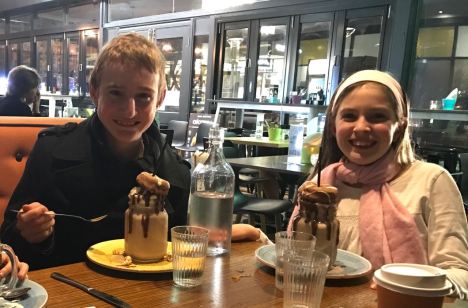
Older children
Help older children understand their love language needs, identify their personality type and develop strategies together to work on their besetting sins.
Pray together as you work through their areas of struggle, letting them know that you have your own areas that you are working on. (They don’t necessarily need to know what they are.)
While you are out and about
We often notice other children doing the wrong thing while we are out shopping or visiting. Once we have moved away from the situation we have a little talk about what they were doing, how it made others feel, whether they were being respectful etc. We do have to be careful not to create little Pharisees who judge others with an attitude of “I would never do that” but it is a useful training tool.
There are also situations that come up along the way that I have not anticipated in the car. When that happens I stop, get down on eye level and have a little chat about what is going to happen in the next few moments. Here are a couple of examples;
- In a moment we will be passing the merry-go-round without stopping to have a ride. You will need to have the self-control to pass by without a fuss.
- Aunty May has just pulled in the driveway. When she comes in you need to look her in the eyes and say hello Aunt May.
- Before we go and take our turn at the buffet line I want each of you to tell me 3 ways we can think of others and show good manners while serving yourself.

5 minute warning
The 5 minutes warning is another simple tool that assists us with pre-activity training in the heat of the moment, when there is little chance to talk about what is coming. Full explanation here.
Like many of my behaviour and training related posts, these ideas are all based on the Growing Families Australia parenting courses, including Growing Kids God’s Way.
Filed under: Child training & behaviours | Tagged: behaviour, character, manners, training | 3 Comments »
 Family Feud anyone? One of our yearly Christmas traditions is to host a high tea for some of the wonderful ladies from our church. As part of this event, we always play some get to know you/icebreaker type games for a bit of fun. This year we decided to try out Family Feud at home but after searching the web found that the answers were not very applicable to Christmas here in Australia. There’s not much snow around this time of year!
Family Feud anyone? One of our yearly Christmas traditions is to host a high tea for some of the wonderful ladies from our church. As part of this event, we always play some get to know you/icebreaker type games for a bit of fun. This year we decided to try out Family Feud at home but after searching the web found that the answers were not very applicable to Christmas here in Australia. There’s not much snow around this time of year!
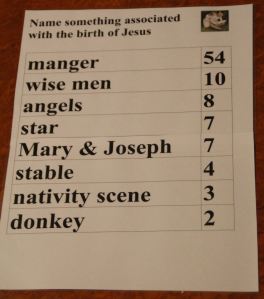








 Teddy training
Teddy training

